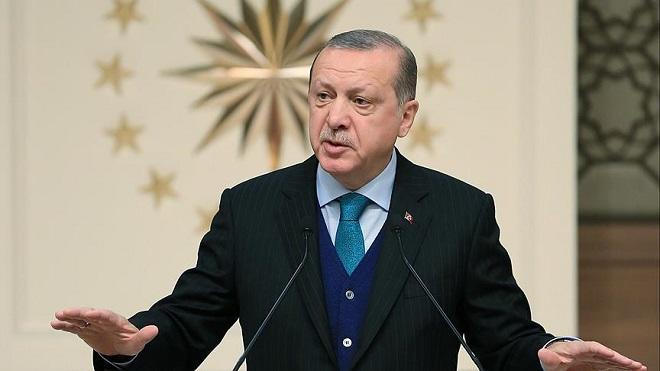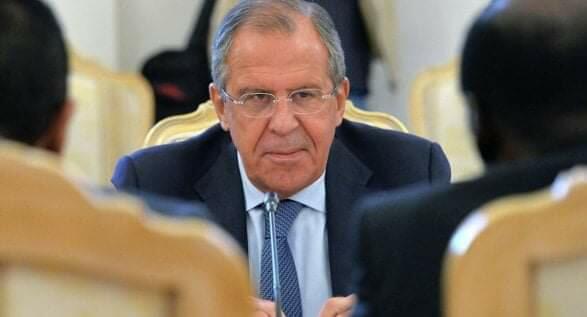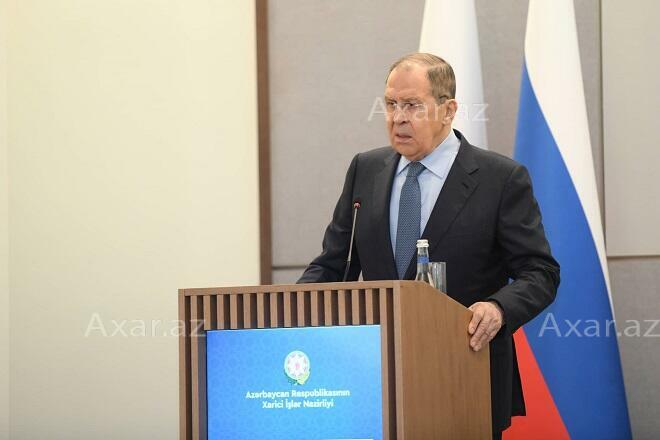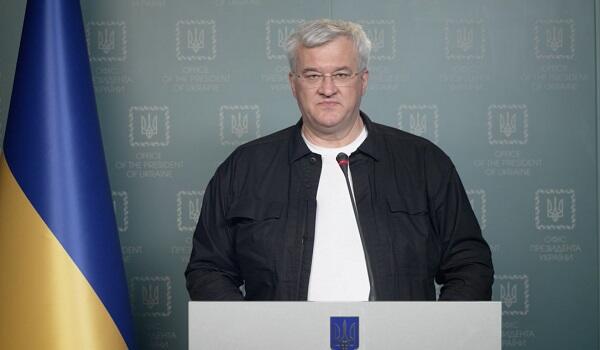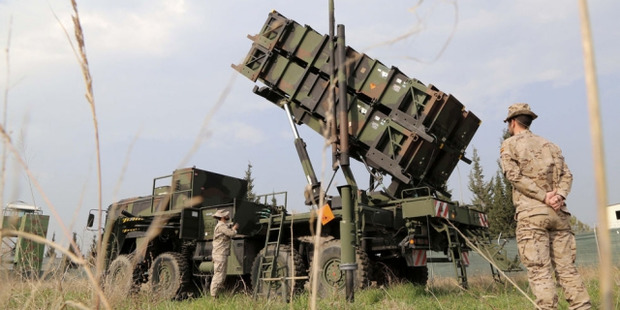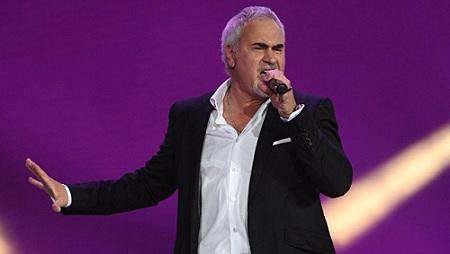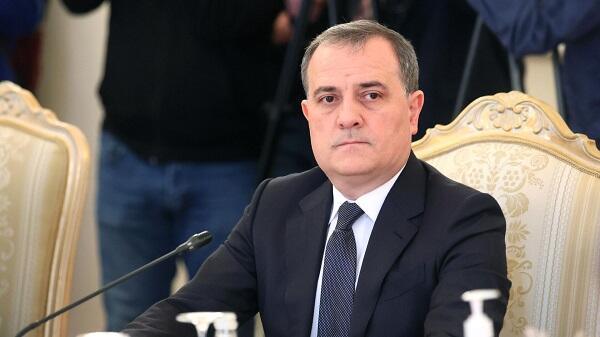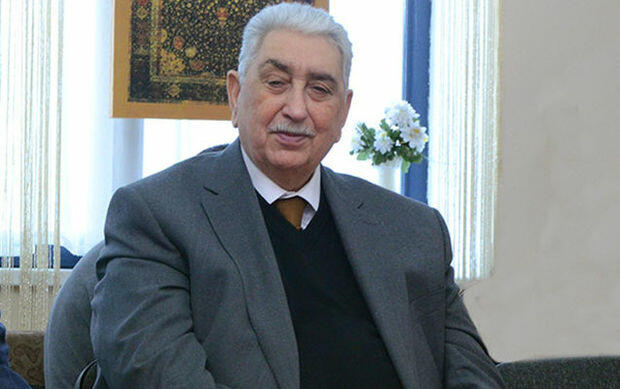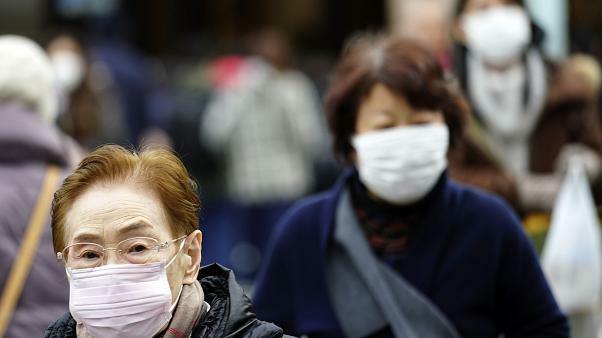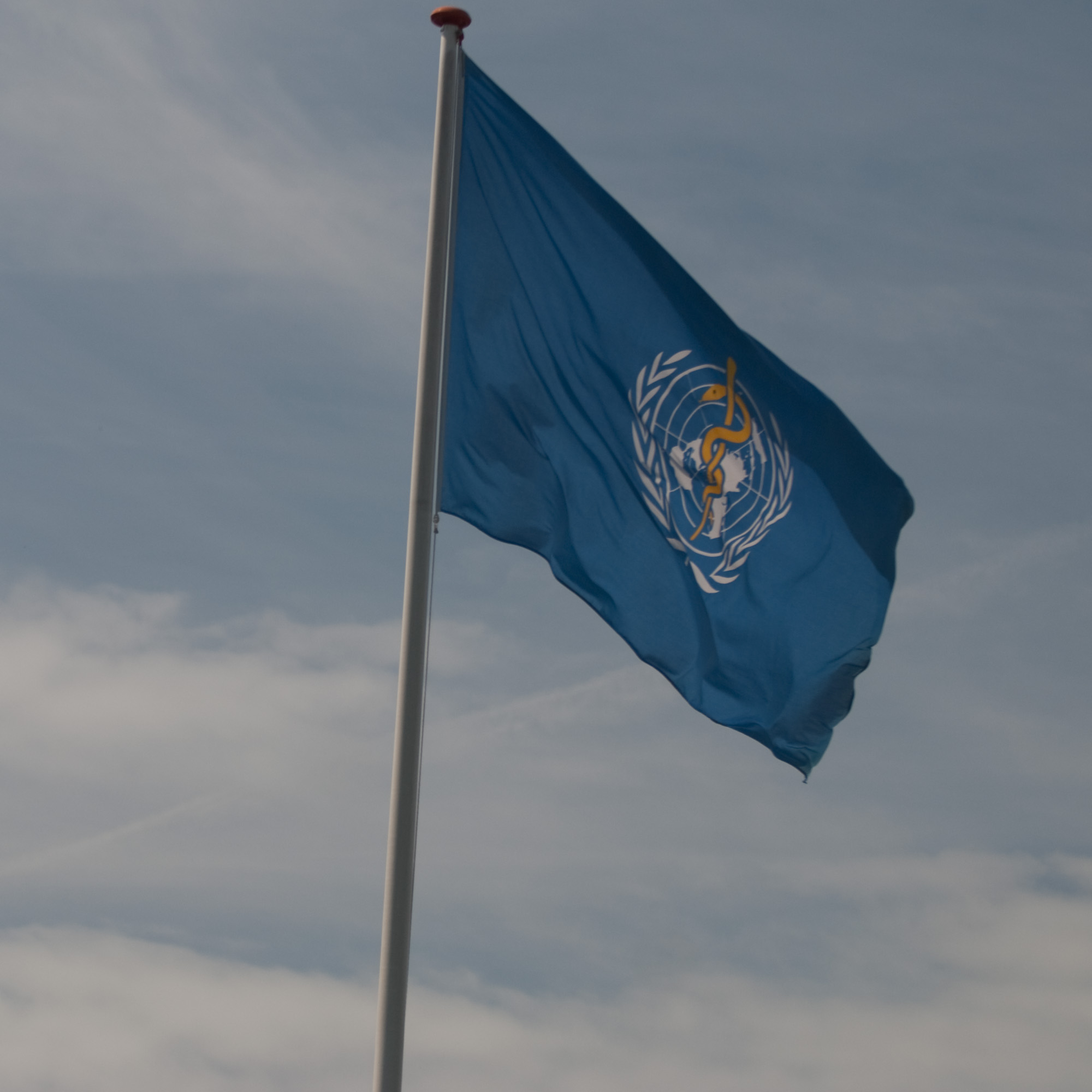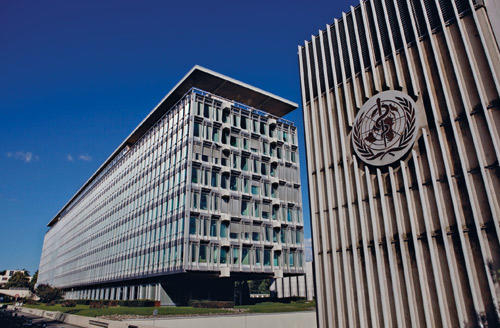You have your runners on, your FitBit is charged, but now what?
Axar.az reports citing CNN.
When you exercise, your heart and breathing rates increase, delivering greater quantities of oxygen from the lungs to the blood, then to exercising muscles.
Determining an optimal heart rate for exercise depends on your exercise goal, age, and current fitness level.
Heart rate and exercise intensity share a direct, linear relationship: the more intense the exercise, the higher the heart rate.
When you exercise at the highest possible intensity, your heart will reach maximal heart rate (HRmax), the fastest rate it is capable of beating.
But exercising at a maximal heart rate (HRmax) for every exercise session will not produce efficient fitness results. These high intensities can rarely be sustained, negating the potential benefit of the exercise.
Exercise makes your heart more efficient
Typical resting heart rate can vary quite substantially between people and even within an individual. Around 60-80 beats per minute (BPM) for adults is common.
Heart rate can be easily be measured with devices like FitBits and Apple Watches, although they have their limitations. Andres Urena/Unsplash
Improving your aerobic fitness reduces your resting heart rate, as the heart becomes more efficient with each beat. An athlete's resting heart rate, for instance, is typically around 40 BPM.
How you can make time for moving
In fact, evidence suggests that long-term exercise training increases the size of the heart, specifically the left ventricle, a phenomenon known as "Athlete's Heart". A bigger heart means more blood can be pumped with each beat, and fewer beats per minute are required to maintain blood flow around the body. This is a beneficial physiological adaptation allowing athletes to exercise at higher intensities for longer.
How to calculate your maximal heart rate
There is substantial variation in HRmax. The only true method of determining HRmax is to conduct a maximal exercise test. But HRmax can be estimated using formulas based on age.
The authors of a 2001 study proposed the following revised equation for estimating maximal heart rate:
HRMax = 208 - (0.7 x Age)
This means a 45-year-old would have a predicted HRmax of 177 BPM.
Indeed, our genetics can influence actual maximal heart rates from their predicted value. However, HRmax is not a major determinant of exercise or athletic performance. Far more important is our physiological efficiency.
Why stretching is still important for exercise and dieting
When assessing heart rate, it's also important to take into account the effects of emotions such as excitement or fear, stimulants like caffeine, and circulating hormones like adrenaline, all of which can increase heart rate.
What is the best exercise for heart rate?
While interval-style exercise training is a popular choice for people who are time-poor, the intermittent nature of the exercise means heart rate will fluctuate, providing not much more benefit than traditional steady-state exercise.
From a scientific perspective, athletes typically use heart-rate ranges to train at specific intensities during aerobic exercises, like cycling or long-distance running.
Exercising at certain intensities are known to elicit adaptive responses from the body, for example, exercising at or below the lactate threshold.
These intensities are called training zones and are expressed relative to HRmax. For instance, a light aerobic training session would be prescribed below 75% HRmax, while training at threshold (around 95% HRmax) will induce physiological change.
Overall, some exercise is better than no exercise for your cardiovascular health. Accumulating 150 minutes of exercise per week is the minimum requirement for health benefit. Exercising at your maximal heart rate is not necessary to achieve these benefits. Athletes can use training zones, relative to HRmax, to achieve optimal adaptation and enhance endurance performance.








